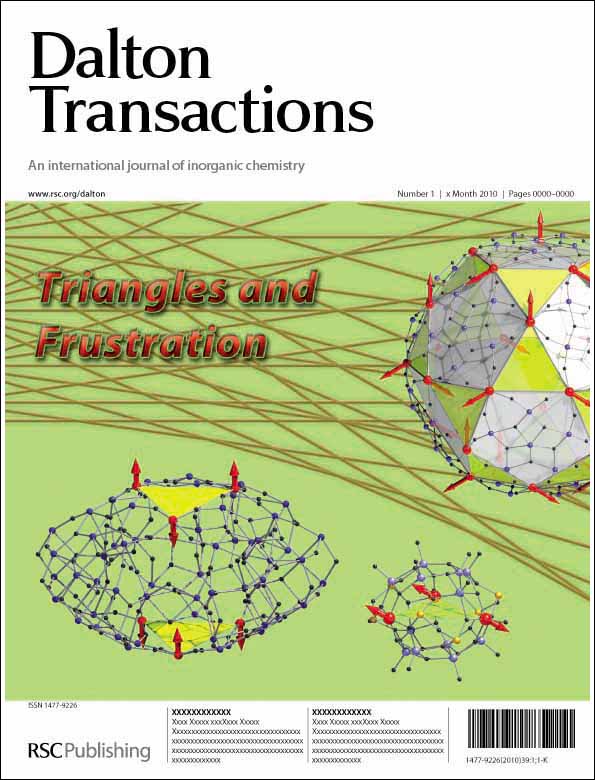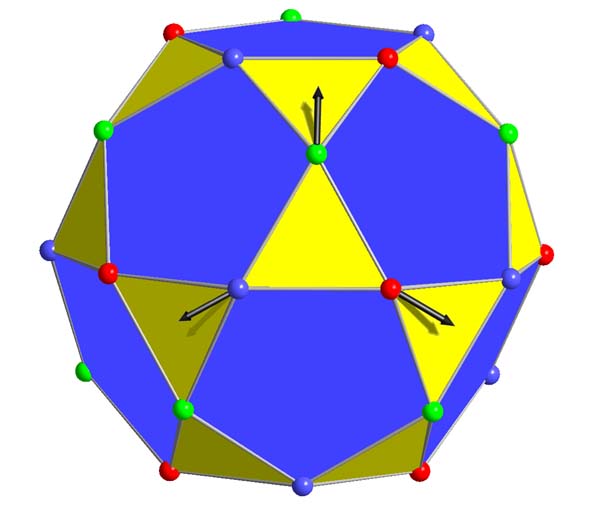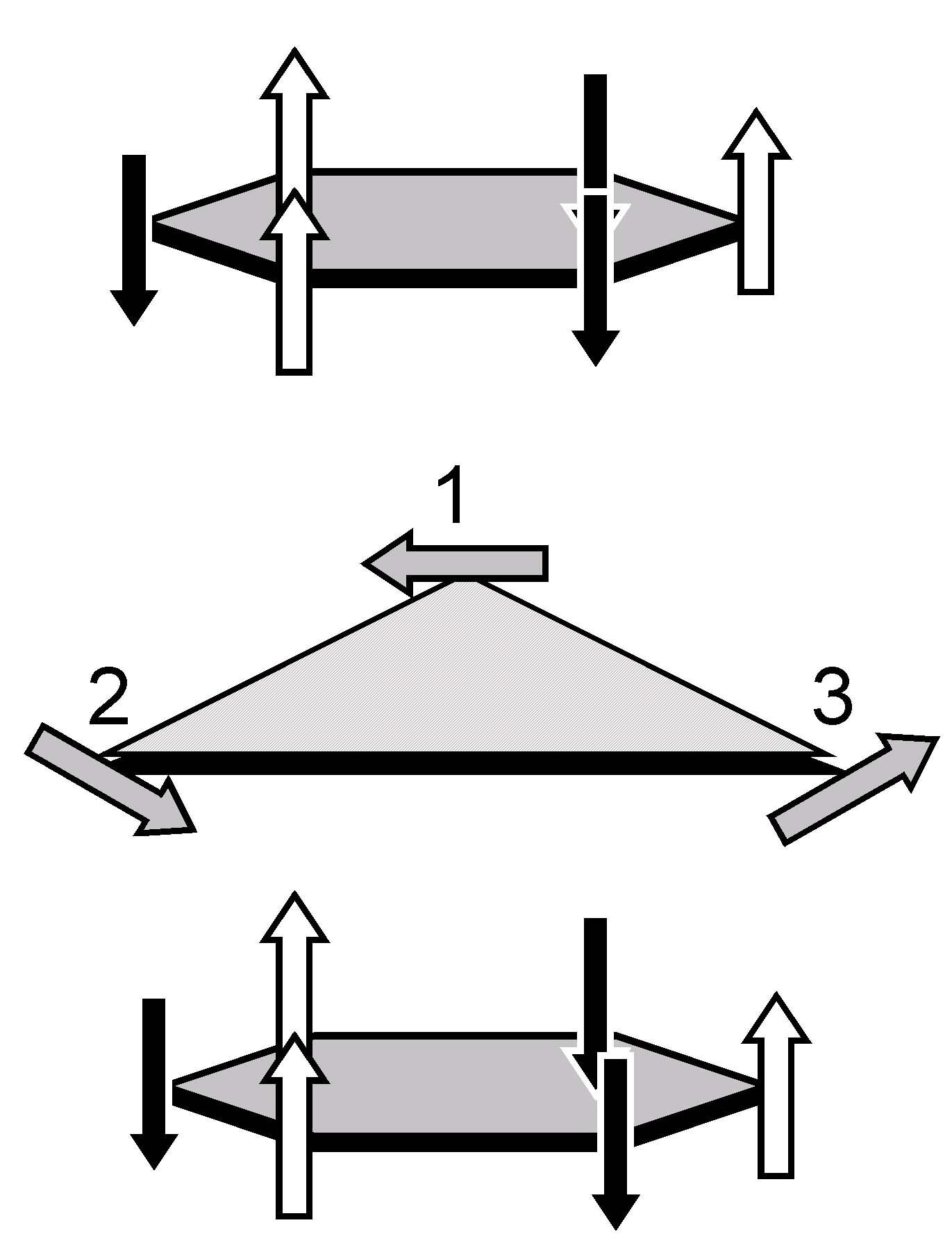
Though the research field "molecular magnets" is rather new
unique physical properties were discovered.
Our Bielefeld group was able to
synthesize a rather large number of related compounds based on polyoxometalate chemistry
(see e.g., D. Gatteschi, R. Sessoli, J. Villain, Molecular Nanomagnets, Oxford University Press, Oxford
2006). Those on the following cover picture (P. Kögerler, B. Tsukerblat, A. Müller, first issue of Dalton
Transactions 2010) are especially interesting, e.g. because of the
frustration effects.

The FeIII30MoVI72
is a spherical antiferromagnet.
Especially interesting is the geometry of the 30 Fe(III) ions as they
define the icosidodecahedron, a unique Archimedean solid having all edges equal (Figure). The cluster is
an example of a zerodimensional system that shows magnetic ordering at low T. The
linking of FeIII triangles causes fascinating frustrations comparable to those of the well known Kagomé
lattices. This is of interest for materials scientists as the cluster can be
considered as a model
for the mentioned lattices (see also I. Rousochatzakis et al., "Highly frustrated magnetic
clusters: The kagomé on a sphere",
Phys. Rev. B 77, 2008, 094420:1-22 and S. K. Pati, C. N. R. Rao, Chem. Commun. 2008, 4683).
Fe30Mo72 has three spin sublattices (Figure).
Quite a number of papers were published about the magnetic properties of the cluster
which is considered in the literature as seminal
(see publications on the topic) Corresponding clusters
with CrIII, VO2+ have also been investigated.
 |
 |
Though the cluster shows a rather high symmetric distribution of 15 magnetic VIV ions (ground state = 1/2), it has layers of different magnetization and generally speaking interesting related properties (see Figure taken from the above mentioned book of Gatteschi et al.). Because of the rather large size and low spin state (decreasing dipolar interactions) it was considered in the literature as a candidate for the observation of Quantum Oscillations (V. V. Dobrovitski et al., "Mechanisms of decoherence in weakly anisotropic molecular magnets" Phys. Rev. Lett. 2000, 84, 3458). A related paper was published by us showing the option for the use of the cluster for the construction of a quantum computer (S. Bertaina, S. Gambarelli, T. Mitra, B. Tsukerblat, A. Müller, B. Barbara, "Quantum oscillations in a molecular magnet", Nature, 2008, 453, 203). Ca. 60 papers appeared worldwide about the magnetic properties of the cluster (see publications on the topic).
